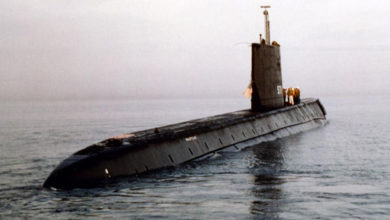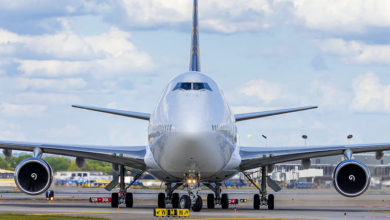Podcast: Play in new window | Download
Throughout history, humanity’s relationship with the natural world has been a complex dance of dependence and exploitation. While we benefit from the vast array of species that share our planet, human activities have also driven countless creatures to the brink of extinction. The concept of endangered species and the fight to protect them is a relatively recent development, but its roots stretch back centuries.
Early concerns about dwindling wildlife populations can be traced back to hunting regulations established in ancient civilisations. For example, hunting codes in Mesopotamia aimed to conserve valuable resources like deer and gazelle. However, these measures were primarily driven by a desire for sustainable resource management rather than a concern for the animals themselves.
The scientific understanding of extinction emerged much later. Georges-Louis Leclerc, Comte de Buffon, a French naturalist in the 18th century, was among the first to propose that species could vanish entirely. However, the concept of widespread human-caused extinction gained traction in the 19th century. The wholesale slaughter of passenger pigeons in North America, with the last confirmed individual dying in captivity in 1914, served as a stark wake-up call.
The early 20th century saw a growing public awareness of the threats faced by wildlife. Conservation movements began to take root, with figures like John Muir in the United States and Charles Darwin’s grandson, Charles Rothschild, in Britain, advocating for the protection of ecosystems and endangered species. National parks and wildlife refuges were established, offering safe havens for vulnerable animals.
The first international agreement specifically aimed at protecting endangered species was the Convention for the Protection of the Fauna and Flora of Africa, signed in 1933. However, a more comprehensive approach was needed. The turning point came in 1964 with the establishment of the International Union for Conservation of Nature’s (IUCN) Red List of Threatened Species.
The Red List categorises species based on their extinction risk, providing a critical scientific framework for conservation efforts. Species are classified as Extinct, Extinct in the Wild, Critically Endangered, Endangered, Vulnerable, Near Threatened, Least Concern, or Data Deficient. This categorisation allows scientists and policymakers to prioritise conservation efforts for those species facing the most immediate threat.
National legislation also began to play a crucial role. In the United States, the Endangered Species Preservation Act of 1966 was a landmark piece of legislation. This act established a legal framework for identifying and protecting endangered species within the US and its territories. The act was strengthened in 1973 with the Endangered Species Act, which remains a cornerstone of American conservation efforts.
The fight to save endangered species has seen its share of successes. The American Bald Eagle, once on the brink of extinction due to the use of the pesticide DDT, has made a remarkable comeback thanks to conservation efforts. The Black Rhinoceros, whose population plummeted due to poaching, has also seen a slow but steady increase in recent years.
However, the challenges remain immense. Habitat loss due to deforestation, urbanisation, and climate change significantly threatens countless species. The illegal wildlife trade, driven by demand for exotic pets, traditional medicine, and trophies, continues to fuel the decline of some of the world’s most iconic animals.
Despite the ongoing struggle, there is reason for optimism. Technological advancements like satellite tracking and remote monitoring are aiding conservation efforts. Public awareness about the importance of biodiversity is at an all-time high. International cooperation through organisations like the Convention on International Trade in Endangered Species of Wild Fauna and Flora (CITES) is fostering collaboration in tackling the illegal wildlife trade.
The history of endangered species is a story of loss, but also of hope. As we move forward, it is crucial to recognise the intrinsic value of all living creatures and the interconnectedness of our planet’s ecosystems. By continuing to support conservation efforts, promoting sustainable practices, and advocating for strong environmental policies, we can turn the tide and ensure a future where all species have a chance to thrive.
Podcast: Play in new window | Download





